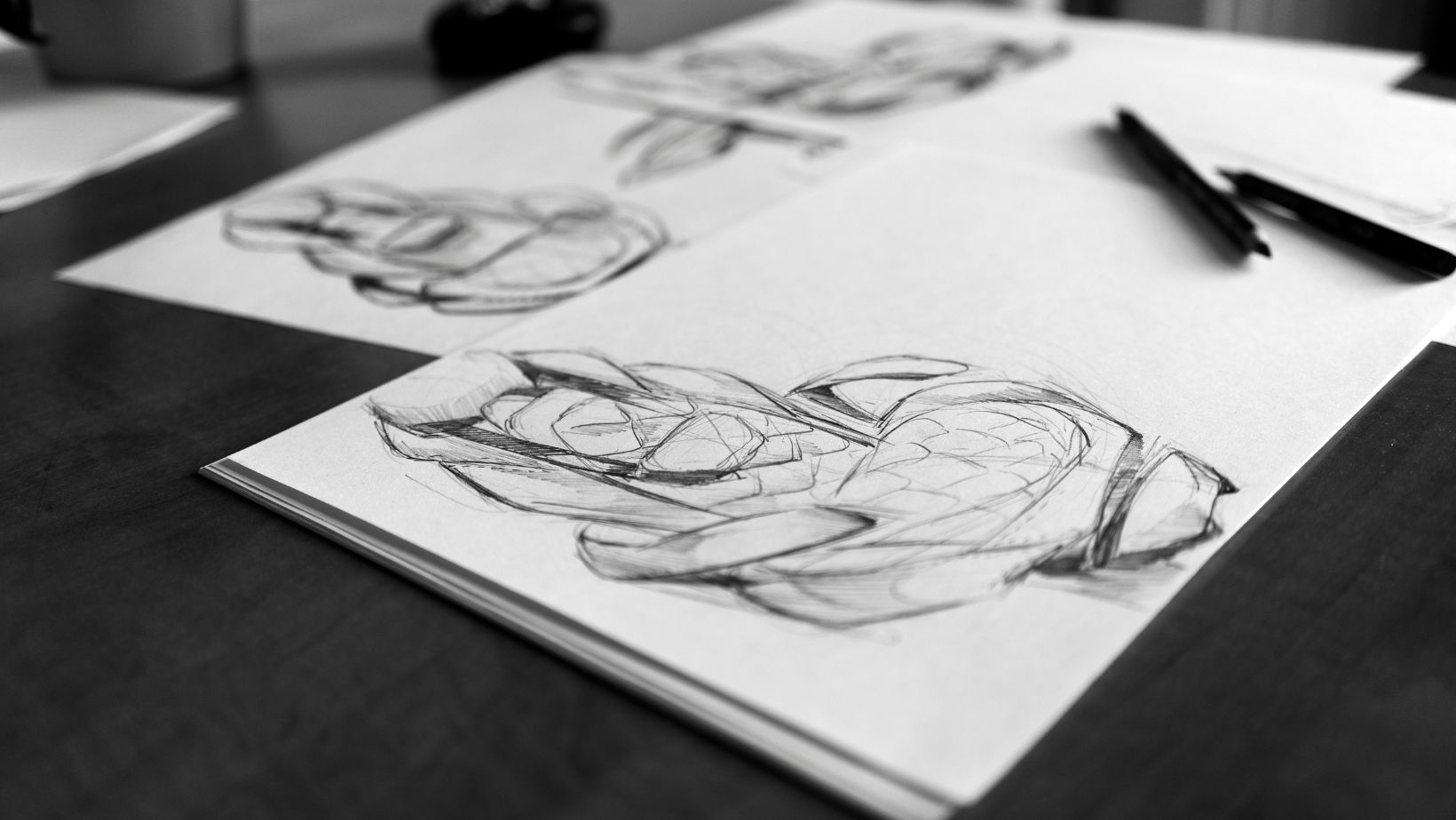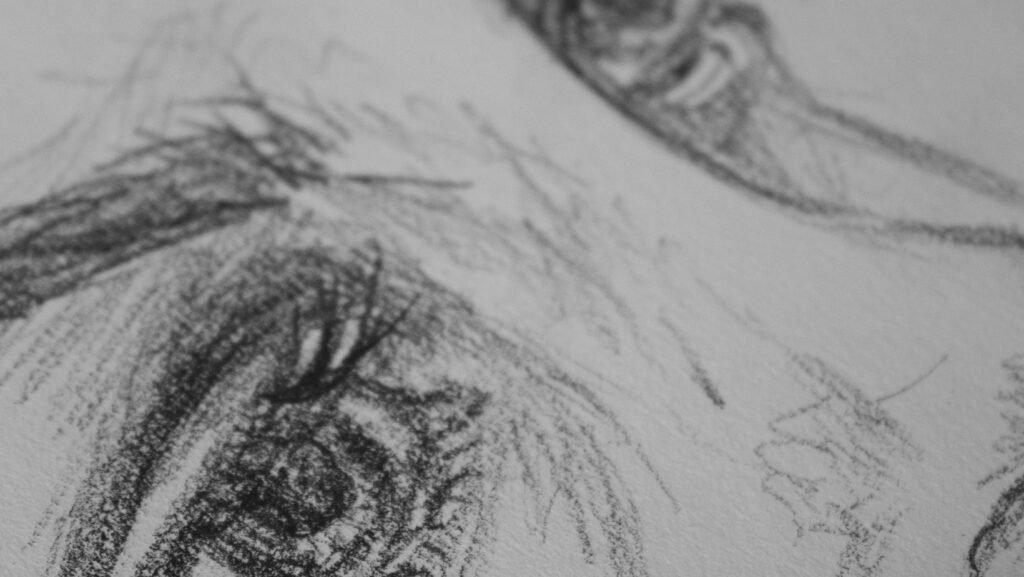Faciles:iddkrj009em= Dibujos
Drawing faces is an art form that captivates many, offering a unique blend of creativity and technical skill. Whether it’s capturing the  subtle nuances of a loved one’s expression or creating a character from imagination, the ability to draw faces opens a world of artistic possibilities. For beginners and seasoned artists alike, mastering facial features can be both challenging and rewarding.
subtle nuances of a loved one’s expression or creating a character from imagination, the ability to draw faces opens a world of artistic possibilities. For beginners and seasoned artists alike, mastering facial features can be both challenging and rewarding.
Understanding the fundamentals of proportions, anatomy, and shading is crucial for anyone looking to improve their portrait-drawing skills. Each face tells a story, and learning to convey emotions through line and shadow is an essential part of the process. With practice and patience, artists can bring their subjects to life on paper, creating works that resonate with viewers.
In this article, readers will explore techniques and tips to enhance their face-drawing abilities, unlocking the secrets behind creating realistic and expressive portraits. From basic sketches to detailed renderings, the journey of drawing faces is both an art and a science.
The Art Of Drawing Faces
Mastering the art of drawing faces involves a balance of creativity and technique. Artists pay attention to proportions to ensure accurate facial features. Understanding anatomy supports this by revealing the underlying structure of each face.
Proportions guide the placement of features like eyes, nose, and mouth. The rule of thirds helps divide the face into balanced sections. This technique is crucial for achieving a realistic appearance.
Anatomy knowledge enhances an artist’s skill in capturing unique facial structures. Recognizing the skull’s shape aids in outlining jawlines and cheekbones.
Shading adds depth and dimension. Artists use light and dark contrasts to create lifelike drawings. Techniques include hatching, cross-hatching, and blending.
Conveying emotions forms an essential part of facial artistry. Subtle changes in expressions convey different emotions. Tweaking eyebrows or lips can transform the mood of a drawing.
Practice and observation improve face-drawing skills. Artists study reference images to refine their style. Repeated exercises in sketching sharpen their ability to capture likenesses.
Essential Tools For Drawing Faces
Artists require specific tools to effectively capture the nuances of facial features. Appropriate materials support the creation of lifelike portraits.
Pencils And Charcoal
Artists favor pencils and charcoal for their versatility in creating lines and shading. Graphite pencils come in various hardness levels, from soft (6B) to hard (4H), providing a range of tonal values. Softer pencils produce darker lines suitable for shading, while harder pencils offer precision for fine details. Charcoal adds rich depth and is ideal for expressive portraits, particularly when depicting shadows and highlights.
Erasers And Blending Tools
Erasers and blending tools help refine facial drawings by correcting mistakes and enhancing texture. Kneaded erasers, pliable and residue-free, allow artists to lift graphite and create highlights. Vinyl erasers offer precision for removing small details. Blending stumps, also known as tortillons, soften edges and blend pencil marks smoothly, contributing to more seamless gradients in skin tones.
Understanding Facial Proportions
Understanding facial proportions is crucial for drawing realistic and expressive faces. Proportions ensure that features are accurately  placed and aligned, enhancing the overall realism of a portrait.
placed and aligned, enhancing the overall realism of a portrait.
Anatomy forms the foundation for capturing realistic portraits. The human face consists of key structures—forehead, eyes, nose, cheeks, mouth, and chin. Each part contributes to the unique appearance of an individual. For instance, the human skull defines the overall shape and structure, while muscle layers add depth. Artists often divide the face into sections using the rule of thirds, placing the eyes approximately one-third from the top of the head and aligning the mouth and nose in relation to this baseline.
Achieving symmetry and balance is essential for a harmonious appearance in portraits. Although perfect symmetry is rare in real faces, artists often strive for it to enhance aesthetic appeal. The vertical midline splits the face into two halves, helping ensure symmetry along with proportional spacing of features like the eyes and the corners of the mouth. Deviations can add character and authenticity, reflecting natural human diversity. Balance helps create a cohesive composition, allowing features to interact naturally within the space of the face.

